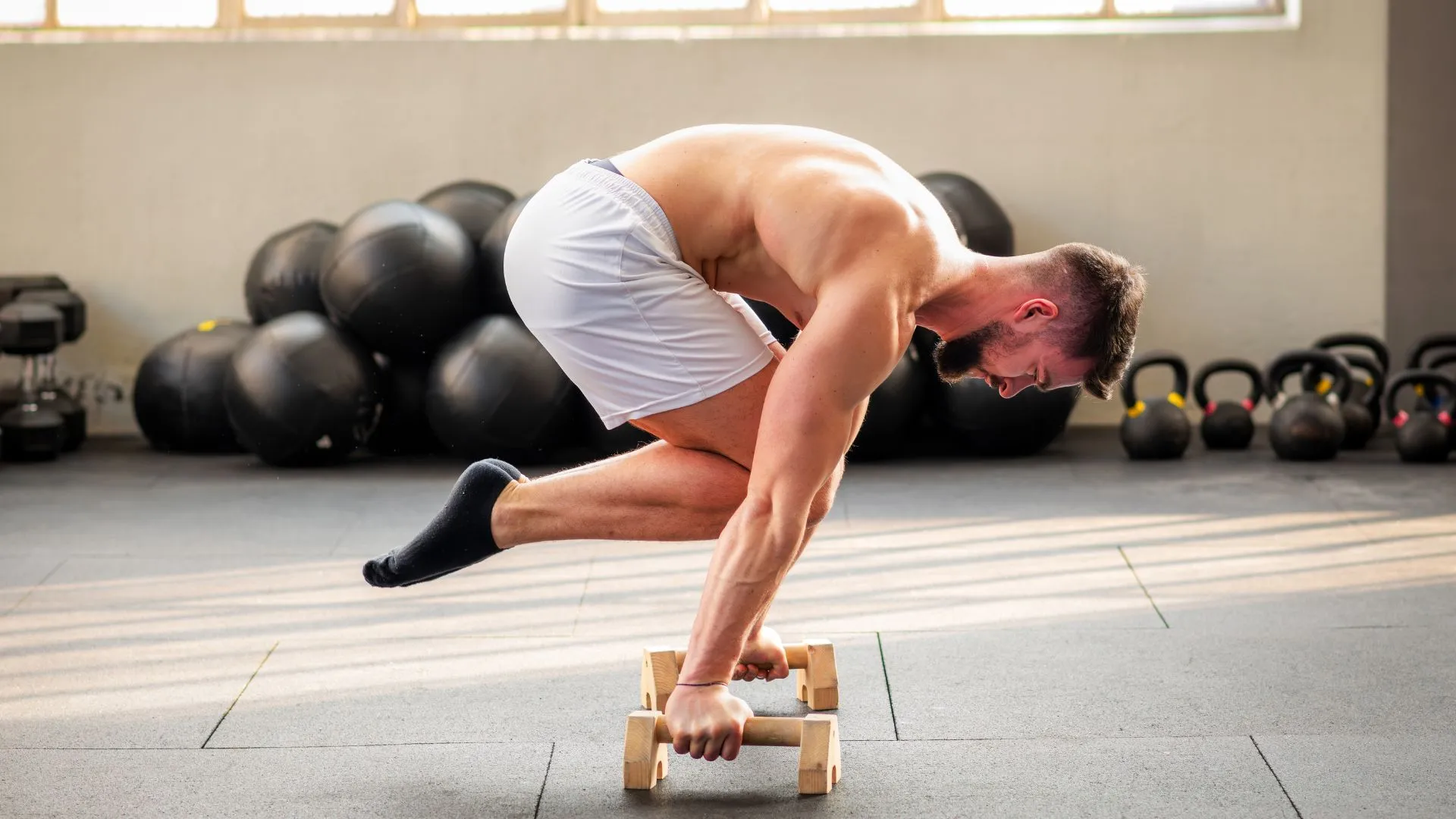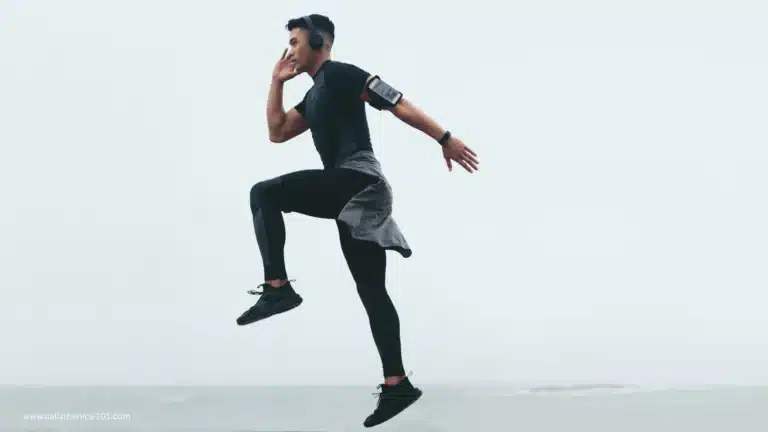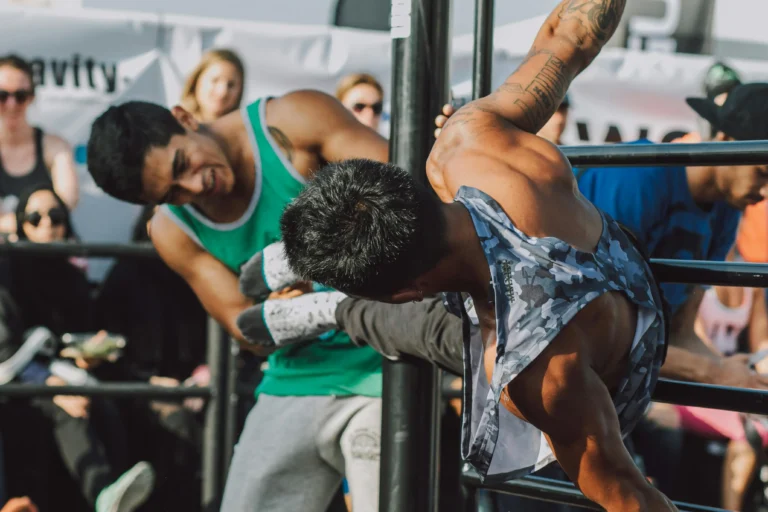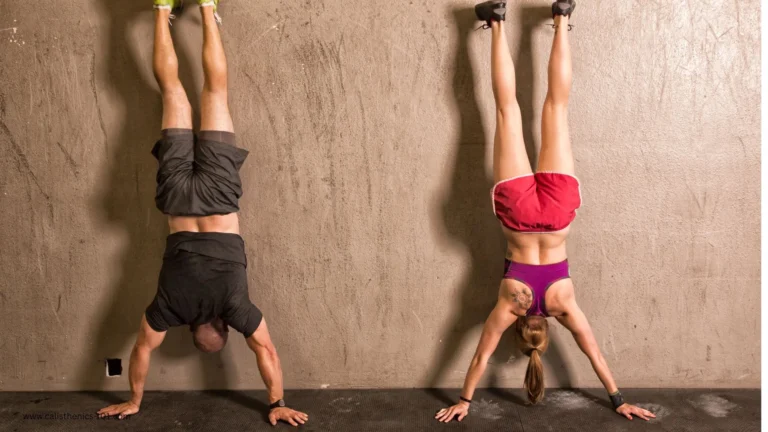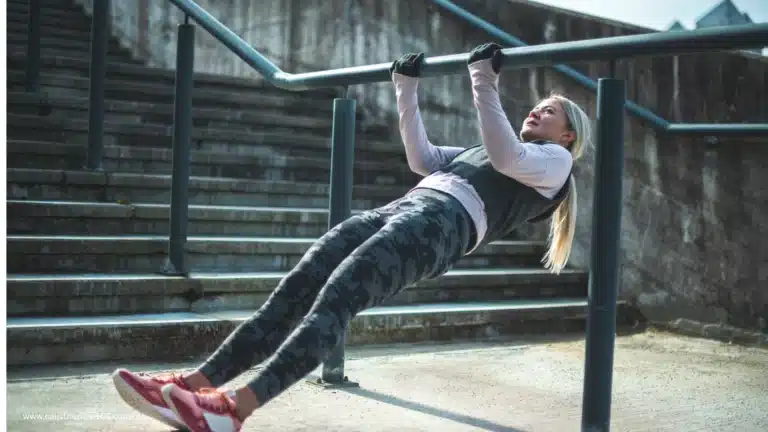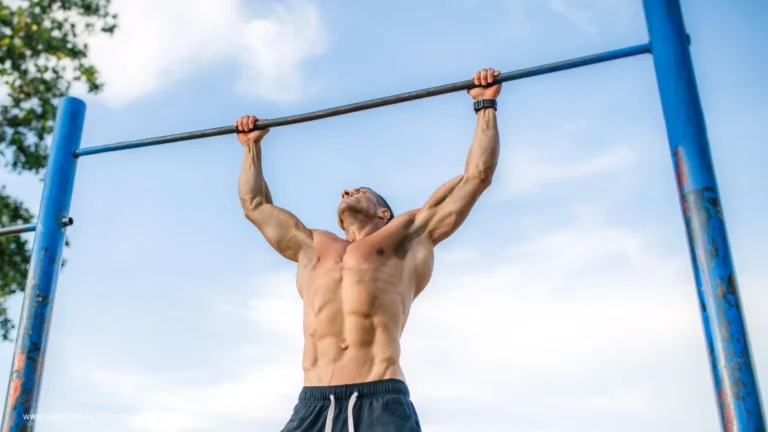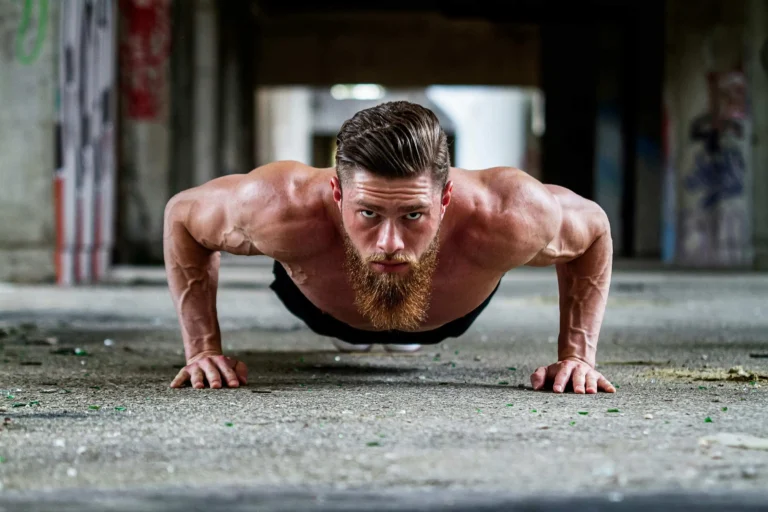5 Simple Steps to Master the Tuck Planche: Unlock Your Strength and Balance
If you’ve ever been in awe of gymnasts or calisthenics athletes effortlessly holding the tuck planch, you may have found yourself wondering: How do they do it? The tuck planch is a powerful display of strength, balance, and control, and while it may look intimidating, it’s completely achievable with the right approach. If you’ve been working toward this skill, or if you’re just starting, you’re in the right place. This article will guide you through five simple, effective steps to master the tuck planch. By breaking down the process and focusing on key muscle groups, progressions, and form, you’ll be well on your way to conquering the tuck planch.
What is the Tuck Planche?
Before we dive into the steps to mastering the tuck planch, let’s first take a look at what this move really is. The tuck planch is a bodyweight hold that requires you to balance on your hands while keeping your body in a horizontal position, with your knees tucked into your chest. It’s an incredible feat of strength and balance, particularly in the core, shoulders, and wrists.
Key Muscles Involved in the Tuck Planche:
- Shoulders: They provide the stability needed to hold the body in place.
- Core: A strong core is crucial for maintaining the horizontal position without tipping over.
- Wrists: Your wrists are the foundation of the tuck planch, providing the base of support.
The tuck planch is more than just a test of strength; it’s a display of your ability to control your body and balance in a unique way. Mastering it not only improves your strength but also your body awareness and coordination.
Step 1: Build Strong Foundations with Wrist and Shoulder Exercises
Wrist Strength and Mobility
A strong and flexible wrist is critical for holding the tuck planch. The first step to mastering the tuck planch is to focus on building wrist strength and improving mobility.
Exercises for Wrist Strength:
- Wrist Push-ups: Start with push-ups but keep your fingers pointed straight ahead or slightly outward. Perform these on an elevated surface if you’re a beginner.
- Wrist Mobility Drills: Gently stretch your wrists with wrist circles and flexor stretches to increase range of motion.
- Forearm Strengthening: Use dumbbells or resistance bands to perform wrist curls, which will help prepare your wrists for the load they’ll support.
Shoulder Strength
Shoulder strength is another crucial element for the tuck planche. Your shoulders are responsible for stabilizing the body while you maintain balance in the horizontal position.
Exercises to Strengthen Shoulders:
- Pike Push-ups: These are great for building shoulder strength. Position yourself in a pike position, with your hips raised, and perform push-ups while keeping your elbows tight to your body.
- Scapula Push-ups: Focus on the scapula movement to activate your shoulder stabilizers.
- Dumbbell Shoulder Presses: Build overall shoulder strength to provide the power necessary to hold the tuck planche.
Step 2: Engage Your Core with Specific Exercises
Importance of Core Strength
Your core plays a massive role in maintaining the tuck planche. A weak core will make it difficult to hold the position and keep your body straight. Core strength is essential for controlling your position and avoiding tipping over.
Core Exercises to Build Strength:
- Hollow Body Hold: This is one of the best exercises to engage your core. Lie on your back, lift your arms and legs off the ground, and hold the position while keeping your lower back pressed into the floor.
- Leg Raises: Hang from a bar or lie on the floor and raise your legs while keeping them straight to target your lower abs.
- Planks: Maintain a neutral spine and focus on tightening your core. Try variations like side planks to engage the obliques as well.
How to Improve Core Engagement
The key to engaging your core in the tuck planche is to practice using it consciously. Before starting, always think about bracing your core as you would when performing other bodyweight exercises like the plank. The more you engage your core in training, the easier it will be to hold the tuck planche.
Step 3: Progressions – From Frog Stand to Tuck Planche
Mastering the Frog Stand
The frog stand is an excellent progression to the tuck planche. It helps you develop the balance and the ability to hold your body up using just your hands, but with a more accessible posture.
How to Do the Frog Stand:
- Start by placing your hands on the ground and position your knees on the outside of your elbows.
- Focus on distributing your weight evenly between your hands and knees.
- Lift your feet off the ground and balance on your hands for as long as you can, gradually increasing the duration.
The frog stand helps build the balance and wrist strength necessary for the tuck planche while allowing you to practice balancing your body in a similar position.
Moving Toward the Tuck Planche Hold
Once you’ve mastered the frog stand, you can begin progressing towards the tuck planche. The tuck planche involves keeping your knees closer to your chest and your body in a more horizontal position.
How to Progress to the Tuck Planche:
- Start with a deep tuck: Keep your knees pulled in tightly to your chest.
- Gradually extend your legs: As your strength and balance improve, begin to extend your legs out while keeping them tucked.
- Hold the position: Try to hold the tuck planche for 10-15 seconds, increasing the duration as you build strength.
Step 4: Avoid Common Mistakes
Mastering the tuck planche isn’t just about strength; it’s about avoiding mistakes that can hinder your progress or cause injury.
Common Mistakes to Avoid
- Poor Wrist Positioning: Your wrists should be directly under your shoulders to avoid unnecessary strain. Avoid letting them bend too far back or forward.
- Slouching: Maintain a neutral spine and engage your core. Avoid letting your back sag or your shoulders rise too high.
- Not Engaging Your Core: A weak or disengaged core will cause you to lose balance and make the hold more difficult.
Focus on form, not just the length of time you can hold the position. Correcting mistakes early will make your progress smoother and safer.
Step 5: Stay Consistent and Track Your Progress
Consistency Is Key
Mastering the tuck planche takes time, and the best way to progress is through consistency. Dedicate time to your training, and stick to a routine that incorporates the necessary strength-building exercises.
Tracking Your Progress
Track your progress by recording how long you can hold the frog stand and tuck planche. Celebrate small milestones, like holding your tuck planche for an extra second or improving your form. This will help keep you motivated as you continue to work toward your goal.
Conclusion: Your Path to Mastering the Tuck Planche
Mastering the tuck planche is a journey that requires patience, practice, and perseverance. By building the right foundation, following the correct progressions, and avoiding common mistakes, you’ll be well on your way to achieving this impressive skill. Keep your focus on strengthening your wrists, shoulders, core, and balance, and stay consistent with your training. Remember, the road to mastering the tuck planche may be challenging, but with dedication and the right approach, you can unlock this incredible skill.
FAQ Section
What is the tuck planche?
The tuck planche is a bodyweight hold where you balance on your hands while keeping your knees tucked into your chest and your body in a horizontal position. It requires significant strength and balance, particularly in the shoulders, core, and wrists.
How long does it take to master the tuck planche?
The time it takes to master the tuck planche varies from person to person. It depends on your starting strength and how consistently you train. With regular practice, it may take several months to a year to achieve a solid tuck planche hold.
What exercises can help me improve my tuck planche?
Key exercises include wrist push-ups, pike push-ups, core exercises like leg raises and hollow body holds, and progressions like the frog stand and tuck planche holds.
Can I do the tuck planche if I am a beginner?
Yes, you can start working toward the tuck planche even as a beginner, but it’s important to build a solid foundation first. Focus on wrist and shoulder strength, core stability, and balance before progressing to the full tuck planche.
By following these steps and staying consistent with your training, you’ll be able to achieve the tuck planche and unlock a new level of strength and control. Start today, and take one step closer to mastering this impressive calisthenics skill!

